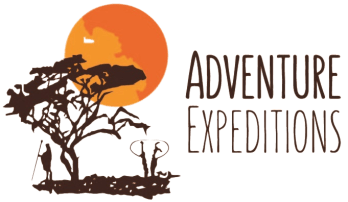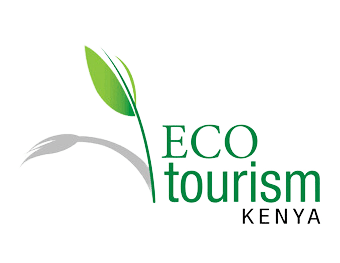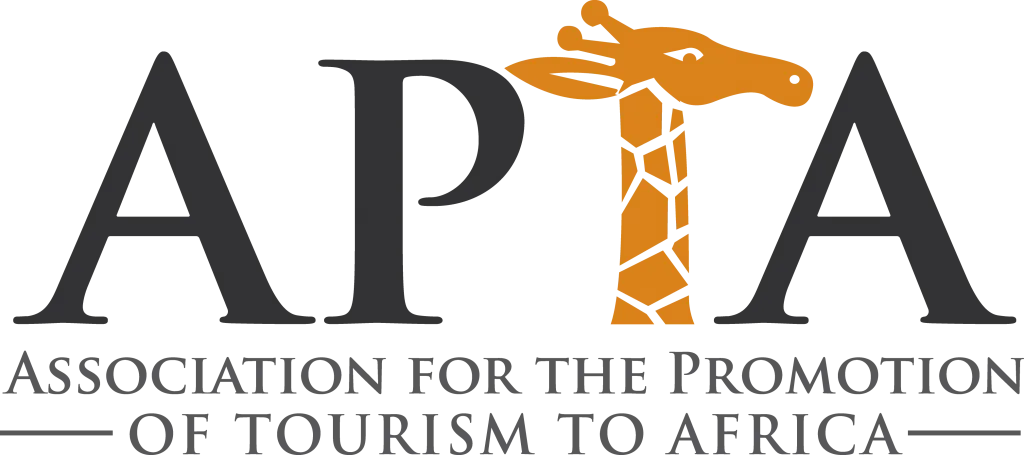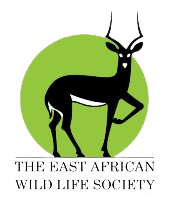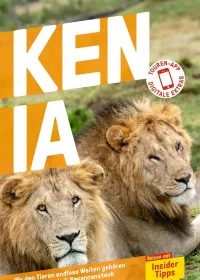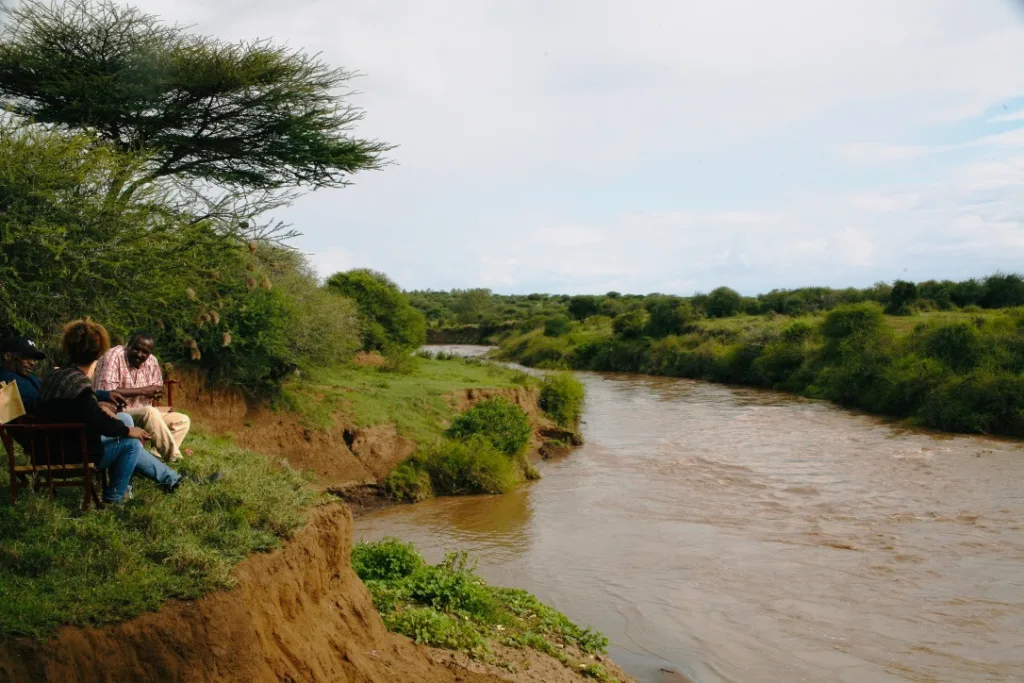
During World War II, an East African army was formed under British colonial rule many Kenyans joined, among them a Samburu man named Lekorere. While stationed in Uganda, he first encountered the British concept of land ownership through “Title Deeds.” This moment would mark the beginning of the story of the Ewaso Enclave Conservancy. www.ewasoenclave-conservancy.org
Following Kenya’s independence, many British settlers left the country. New regulations required them to sell their land. Lekorere, now aware of land’s true value a fact lost on many of his fellow Kenyans approached the transitional government and acquired the Male Ranch from John Thomson. It became the first and, for a long time, the only ranch in Laikipia owned by a Samburu right in the middle of a region dominated by white settlers.
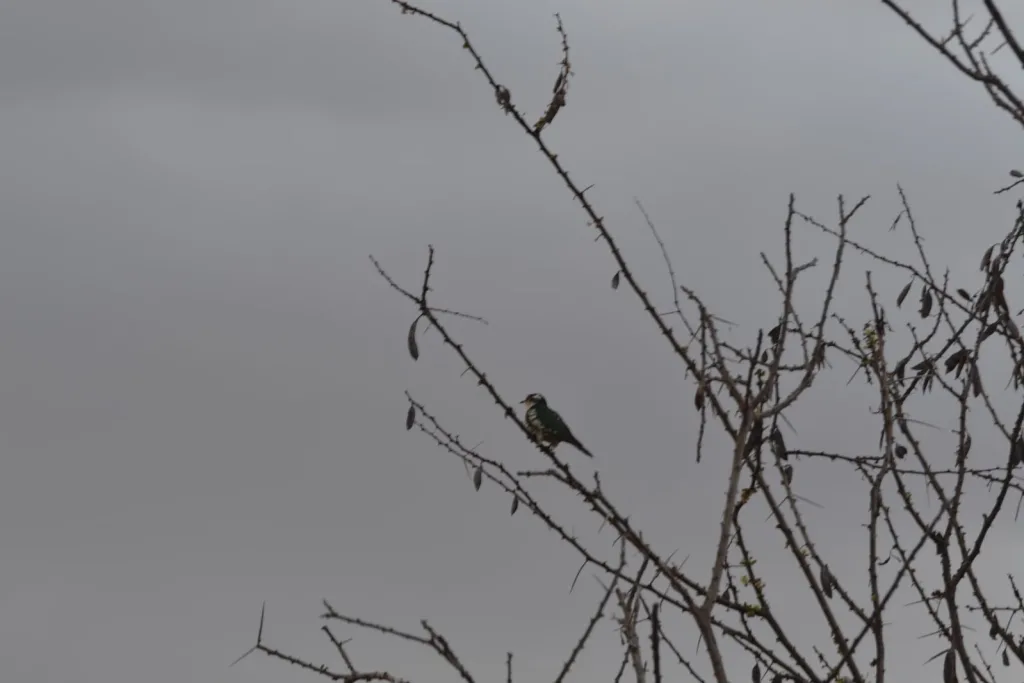
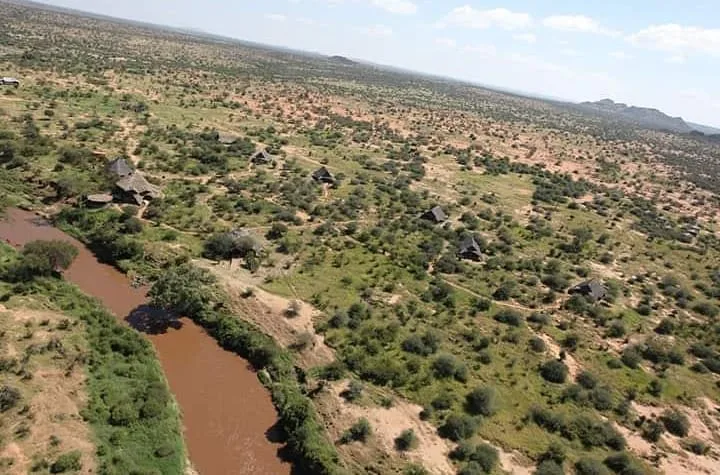
Traditionally nomadic pastoralists, the Samburu had never settled in one place. But Lekorere’s family made a bold shift: they gave up their nomadic lifestyle and established permanent livestock farming on their own land.
Until 1998, trophy hunting and the trade of wild game meat were legal in regions like Laikipia. The local population knew little about these activities, from which only the white settlers profited. All landowners in Laikipia were members of the Laikipia Wildlife Forum (LWF).
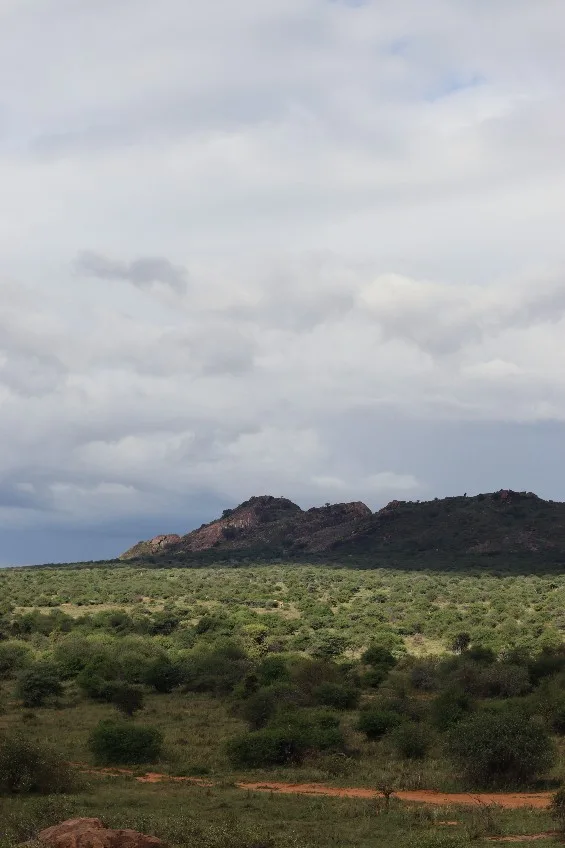
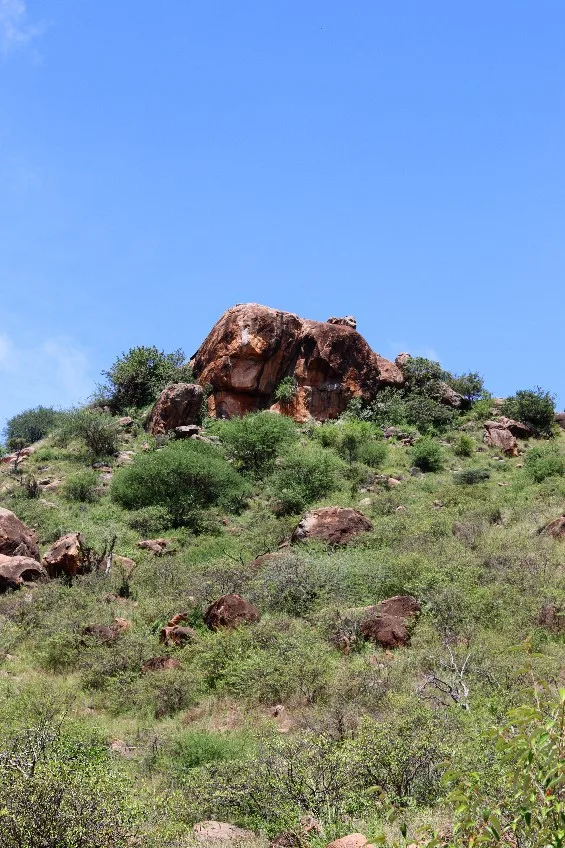
Lekorere managed the ranch until his death, supported by his son Jacob. Jacob watched with growing concern as wildlife numbers declined drastically especially the once-common plains zebra. Some settlers even asked to send hunting tourists to his land, as wildlife had vanished from their own properties. Jacob raised the issue in the LWF and succeeded. In 1998, trophy hunting and wild meat trade were officially banned in Laikipia.
In 2005, Lekorere passed the land on to his sons. Jacob inherited a section near the Ewaso Nyiro River, bordering the Mpala Conservancy an area rich in wildlife. He realized that if he ever lost his cattle, he would have no alternative source of income. This realization sparked a shift in his perspective: coexistence between livestock and wildlife, and the potential of generating sustainable income through nature-based tourism.
The devastating drought of 2009 hit hard. Jacob lost many of his animals, but unlike others, he refused to abandon his land. This is when the seeds of conservation were planted. Through engagement with the LWF, he deepened his knowledge of conservation. Samburu culture forbids the killing of wildlife a belief that inspired him further. As a seasoned herder, he knew the land, the plants, and animal migrations intimately. He began blending this traditional knowledge with new conservation skills.
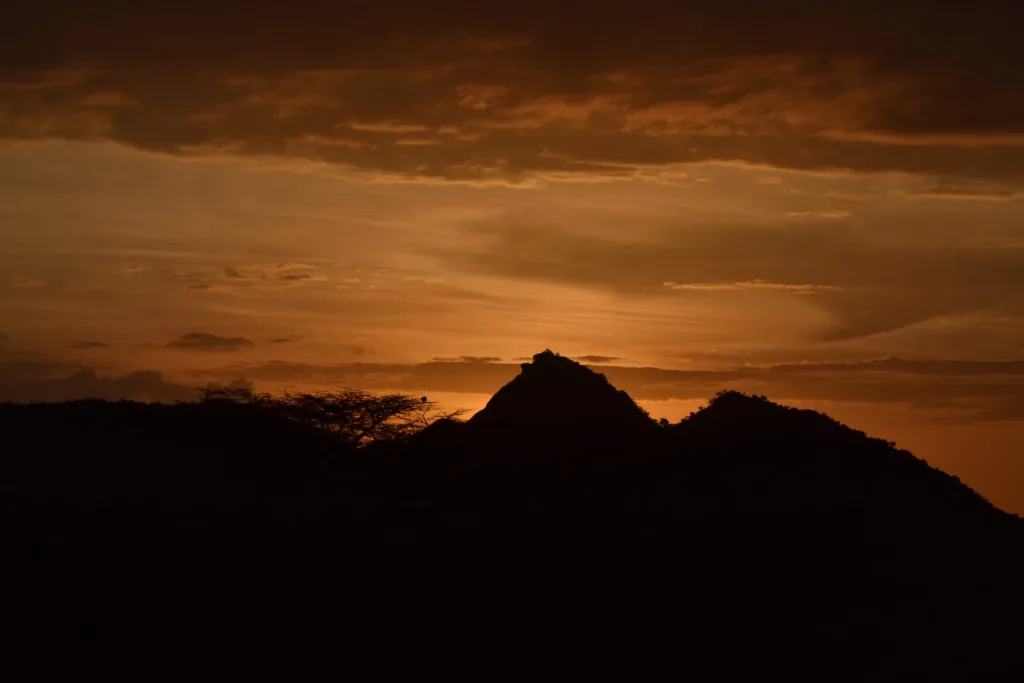
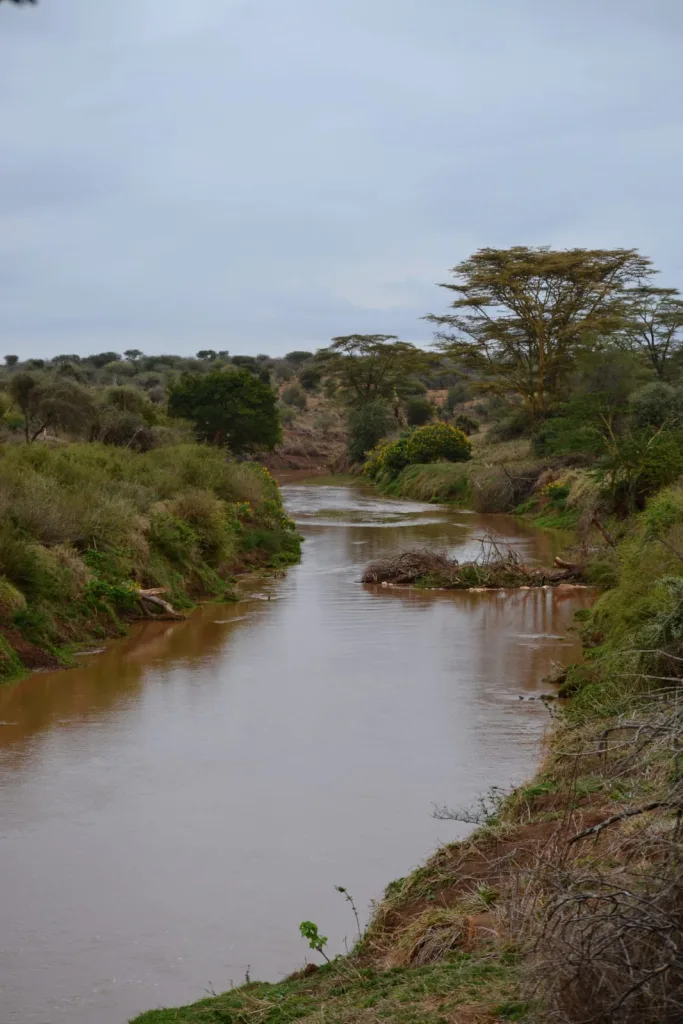
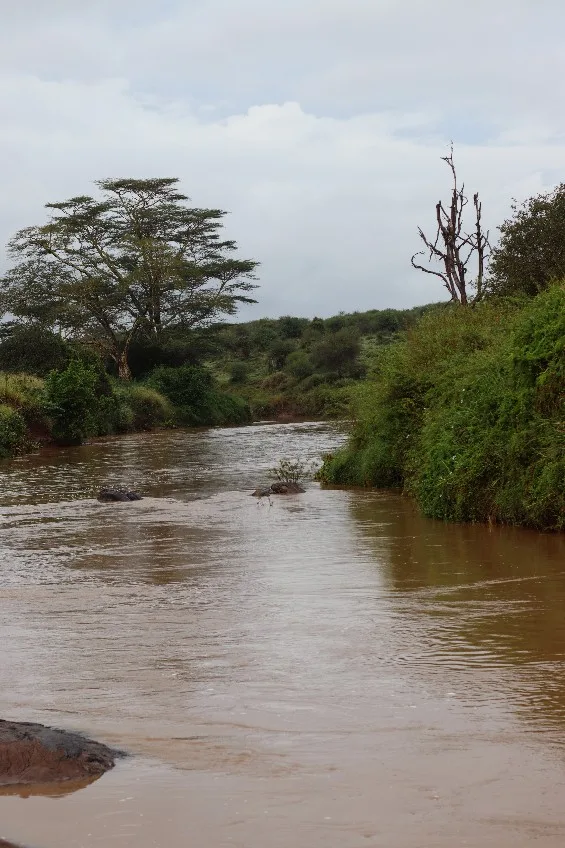
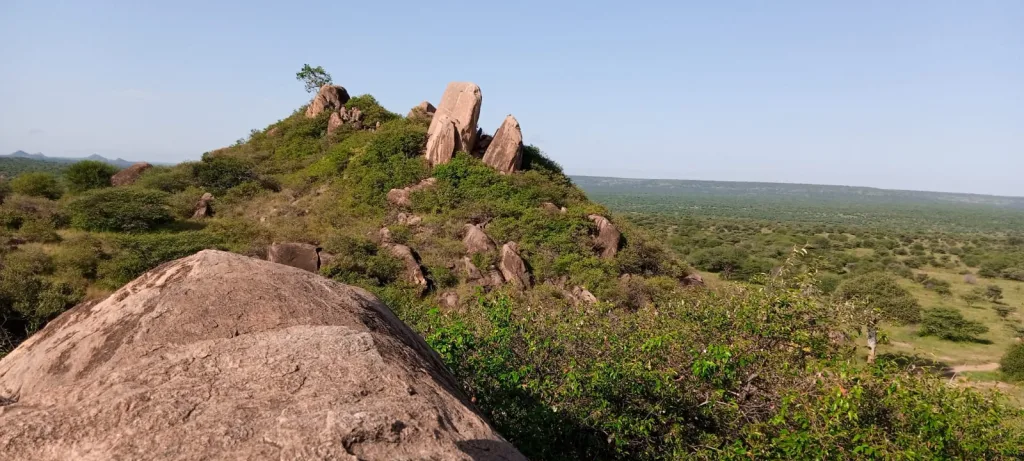
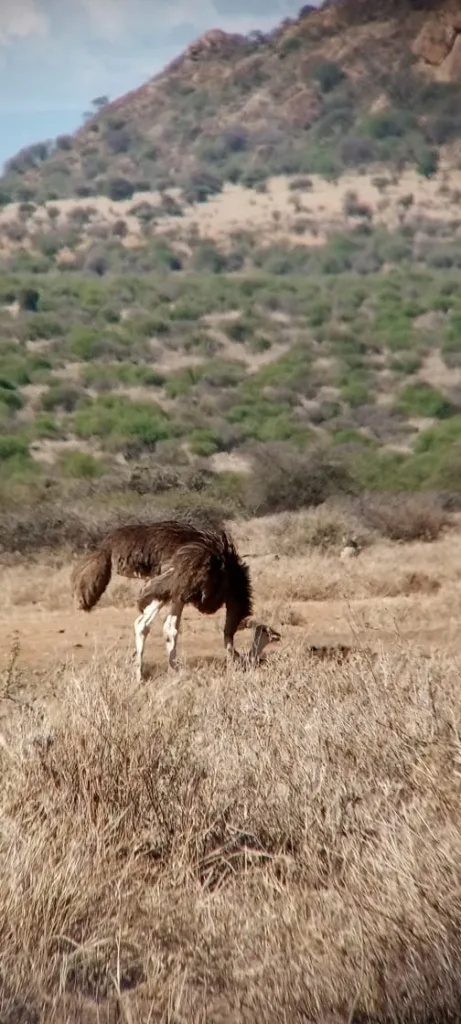
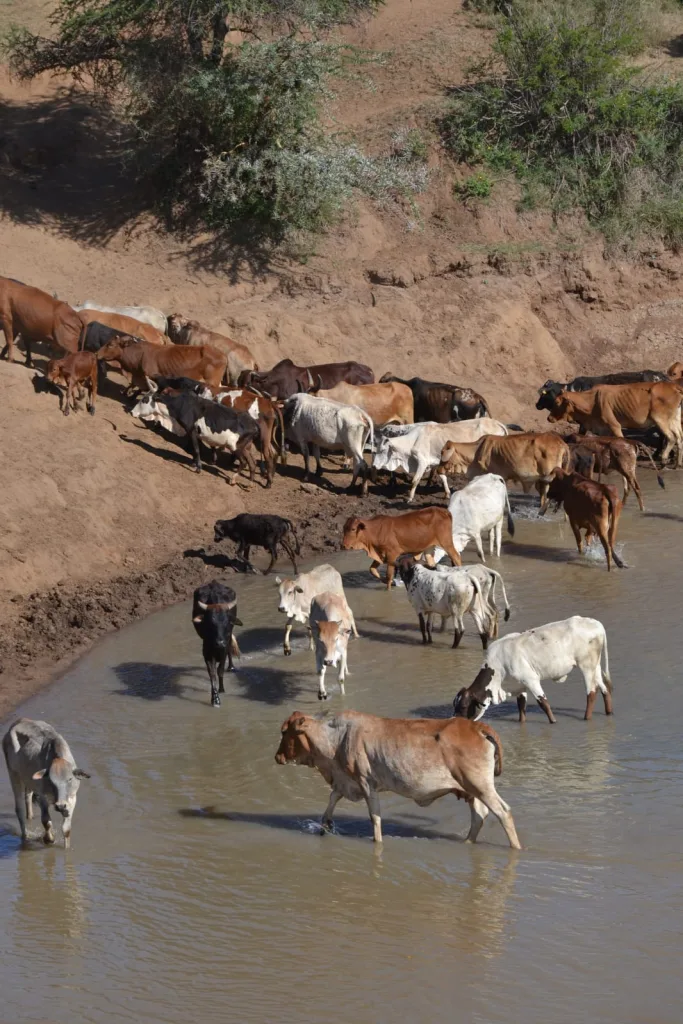
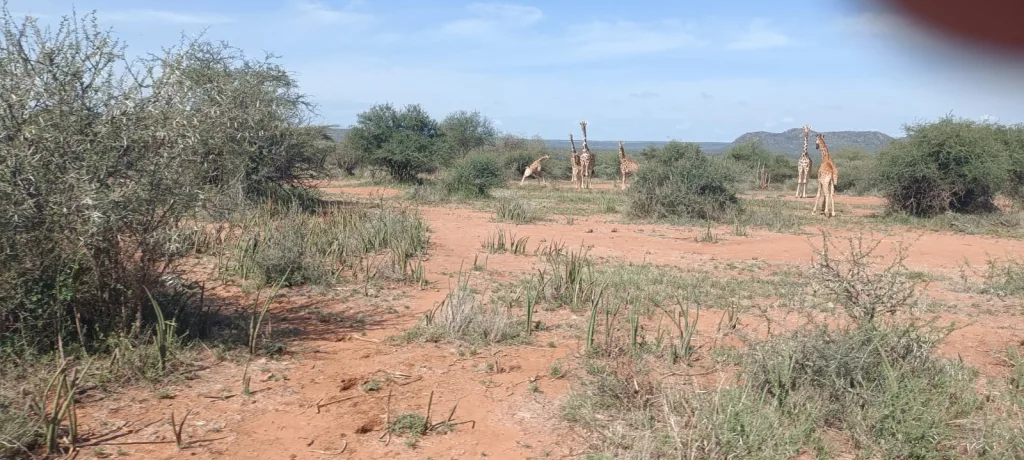
Jacob started cataloguing his land’s natural vegetation, analyzing the connection between plant life and wildlife, and worked toward official recognition of his property as a conservancy. In 2022, he began the formal process with KWS, and by 2024, his conservancy was officially registered.
Currently, he is in the certification process to be recognized as a biodiversity reserve an additional step to help protect endangered species. Once all documentation is submitted, he will receive a full license, and the conservancy will be officially gazetted. This will open doors to funding and the expansion of conservation measures.
Until now, Jacob has financed all initiatives through traditional cattle and goat farming. But now, a small eco-camp is being built on the land for environmentally conscious tourists, educational collaborations with schools and universities, and to further support and replicate conservation efforts across the region.
We at Adventure Expeditions are proud to partner with Jacob in this venture. Together, we will offer not only game drives, but also walking safaris, ranger training, children’s holiday camps, and volunteer opportunities.
For updates, visit www.sidaicamp.com
